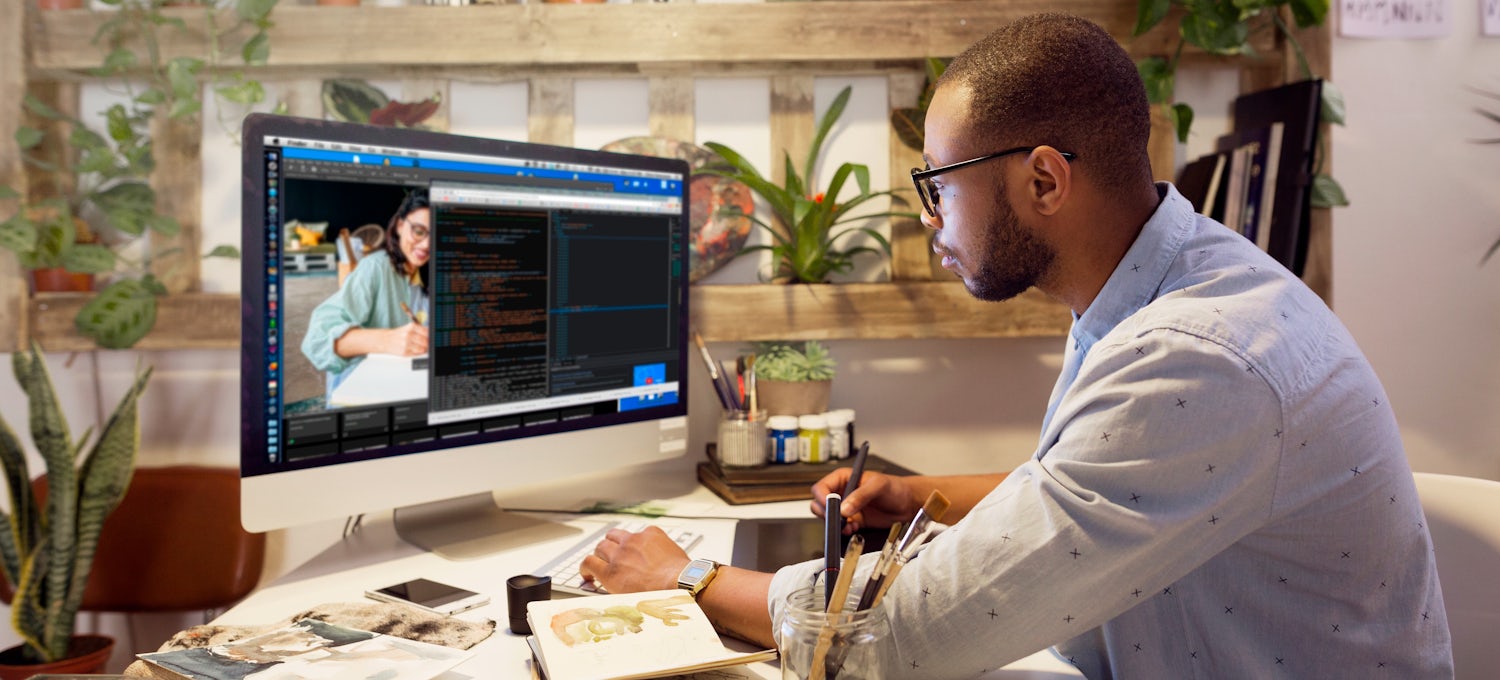Trusted Web Design Las Vegas for Beautiful and Functional Websites
Trusted Web Design Las Vegas for Beautiful and Functional Websites
Blog Article
Imaginative Internet Design Solutions for Modern and Engaging Sites
In the realm of internet design, the search of contemporary and engaging options has actually come to be progressively crucial for services intending to capture customer attention. By integrating bold shade schemes, interactive components, and responsive formats, designers can develop experiences that not only reverberate with users however also boost brand identification.
Embracing Vibrant Shade Systems
In internet style, the critical use of vibrant color pattern can considerably improve individual involvement and brand identification. By utilizing dynamic colors, designers can produce aesthetically striking websites that catch focus and promote a memorable experience. A well-chosen shade palette not just mirrors a company's worths but likewise stimulates specific emotions that can influence customer actions.
Bold colors can be utilized to direct individuals' focus to vital elements such as contact us to activity, enhancing conversion prices. For instance, using contrasting shades for buttons and links can make these components stand out, prompting individuals to engage even more conveniently. A cohesive color system across the website strengthens brand recognition, creating a sense of experience and depend on among visitors.
Nevertheless, it is essential to stabilize strong colors with sufficient white room to stay clear of frustrating customers. Reliable use typography likewise matches bold colors, ensuring readability while keeping aesthetic appeal. Eventually, accepting bold shade systems in internet design not only boosts aesthetic quality but additionally plays an indispensable duty in accomplishing tactical service goals, making it an essential factor to consider for contemporary web growth.

Utilizing Interactive Components
Interactive elements are crucial in modern website design, as they dramatically enhance customer engagement and develop a more dynamic surfing experience. By incorporating attributes such as computer animations, hover impacts, and clickable elements, sites can urge users to check out content a lot more completely and return for future sees.

Micro-interactions, such as subtle computer animations when a button is clicked or a kind is sent, can also enhance the user experience by providing instant responses. These tiny details can make the website really feel even more responsive and alive, fostering a sense of link between customers and the website.
In addition, gamification components, such as benefits for completing specific activities, can motivate customers to engage with the content extra deeply. By thoughtfully incorporating these interactive components, internet designers can produce a my review here remarkable and appealing online experience that reverberates with users and urges them to return.
Implementing Responsive Style
Executing receptive design is essential in today's multi-device landscape, guaranteeing that sites give an ideal watching experience across different display dimensions. As users significantly access the net through mobile phones, tablets, and desktop computers, a one-size-fits-all approach is no more practical. Receptive design permits smooth navigation and interaction, adapting format and web content to fit the gadget being used.
Key concepts of receptive layout consist of liquid grids, adaptable images, and media queries. Media queries promote the application of various styles based on the device's qualities, such as width, height, or resolution, allowing designers to tailor the customer experience properly.
Moreover, receptive layout boosts search engine optimization performance, as internet search engine prefer mobile-friendly sites. By applying receptive layout, organizations not just enhance customer fulfillment and involvement yet likewise raise their reach in an find more affordable electronic landscape. As technology remains to evolve, adopting responsive layout has actually come to be a basic technique for any type of modern-day and engaging web site.
Incorporating Multimedia Content
Multimedia web content plays an important role in producing interesting and vibrant internet experiences that record individuals' interest and enhance understanding. By integrating message, pictures, sound, and video, websites can provide a richer story that interest different discovering styles and choices. This assimilation not only bolsters customer involvement but also help in communicating complicated ideas succinctly.
Incorporating top notch pictures and infographics can separate textual content, making it more absorbable. Similarly, video clip tutorials and presentations can give extensive understandings that static content might not completely communicate. Audio components, such as podcasts or background music, can likewise enhance the ambience of a web site, creating a much more immersive experience.
Moreover, the strategic usage of multimedia can boost SEO efficiency, as internet search engine prefer diverse web content types, increasing presence. However, it is vital to guarantee that multimedia elements do not prevent page tons times, as this can bring about user aggravation. By stabilizing multimedia assimilation with performance factors to consider, internet developers can create visually attractive and useful websites that reverberate with users, cultivating a deeper connection and motivating return gos to.
Prioritizing Individual Experience

To attain an optimal customer experience, developers need to focus on a number of crucial concepts. Clear calls to action, readable typography, and organized material overview users, decreasing cognitive tons.
Inevitably, focusing on UX not only elevates customer fulfillment but additionally drives interaction and conversion prices, making it an important aspect of contemporary web layout methods. By placing customers at the facility of style efforts, internet sites pop over to these guys can develop long-term, positive impacts that urge return check outs.
Verdict
To conclude, modern internet design solutions that emphasize bold color pattern, interactive components, receptive layout, and multimedia content significantly improve user engagement and satisfaction. Focusing on individual experience via clear formats and continuous feedback further adds to enhanced conversion rates. By taking on these approaches, sites can successfully mesmerize visitors and reinforce brand name identity, ultimately causing an extra dynamic and engaging on the internet presence. The integration of these layout principles is necessary for accomplishing contemporary internet style objectives.
Report this page